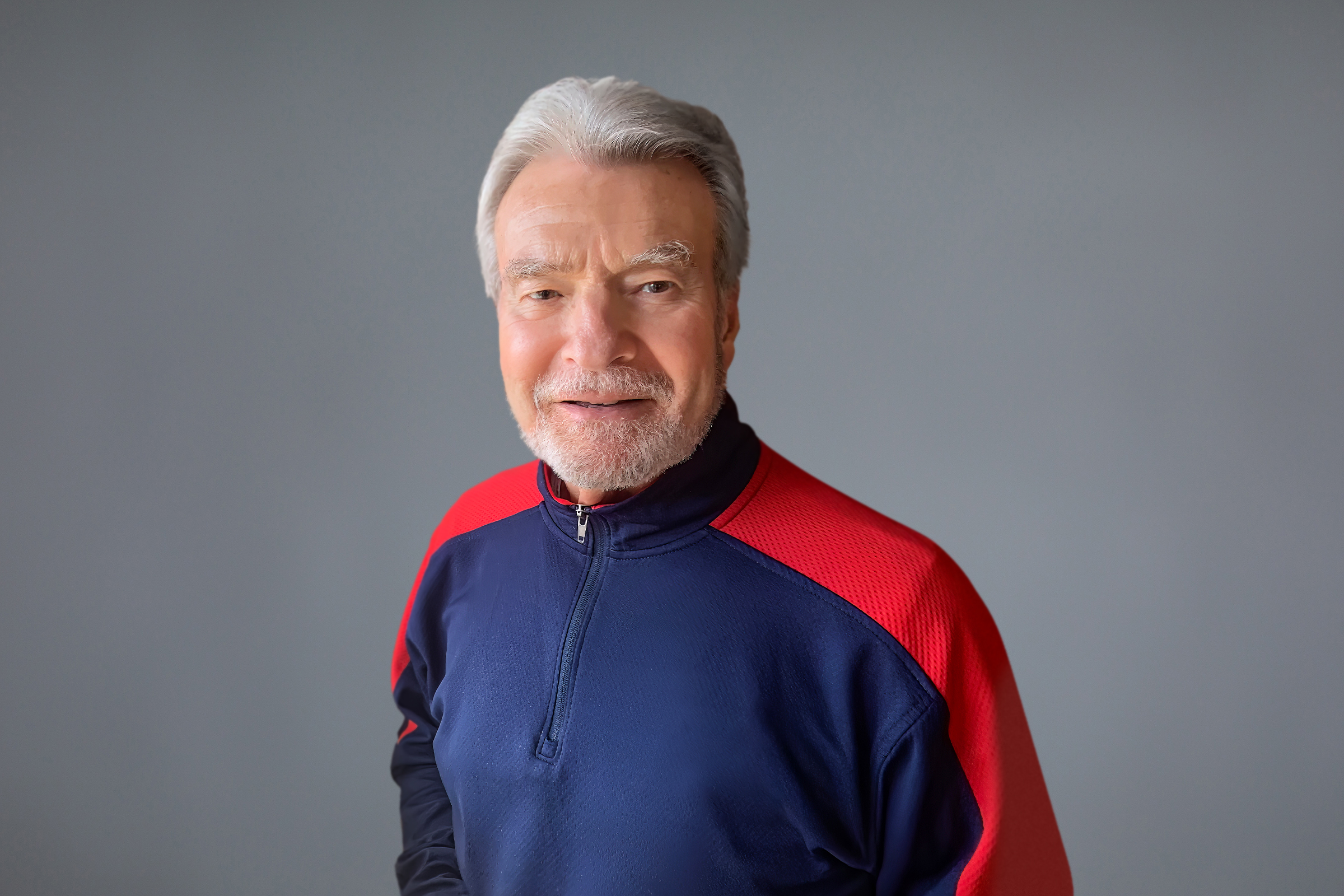Underutilized Strategies in Traffic Safety: Results of a National Survey
Problem
Most Americans are in favor of highway safety countermeasures, yet these strategies are underutilized.
Certain highway safety strategies can help to decrease driving under the influence offenses (DUIs), decrease the potential for accidents, increase driver and passenger safety, and increase the use of other traffic safety measures that could save lives. Through funding from the National Safety Council (NSC) through the National Highway Traffic Safety Administration (NHTSA) as a Road to Zero grant, NORC was tasked with determining the public’s attitudes to specific traffic safety strategies once having a clear understanding of their effectiveness of each strategy. NORC then asked the question: "Which of these underutilized measures would be favorable to the American public?"
Solution
We conducted a national survey on attitudes towards underutilized highway safety strategies.
First, the survey provided respondents with evidence on the effectiveness of several traffic safety strategies that could save lives (e.g., sobriety checkpoints; lowering the BAC limit to .05; speed and red-light cameras; etc.) . The survey then asked respondents whether they would like to see these measures implemented in their state.
This representative survey of 2,000 respondents was conducted with 30 questions about these underutilized strategies using NORC's AmeriSpeak® panel.
Result
The survey identified many underutilized highway safety countermeasures that Americans are in favor of.
We found that the majority of American drivers were in favor of:
Sobriety checkpoints (64.7 percent)
Using speed and red-light cameras for automated enforcement in their community (60.3 percent)
A law that required all cars to have seat belt reminders that continuously chime until the seat belt is buckled including rear seat passengers (70.1 percent)
Raising the fine in their state for not using a seat belt from $25 to $100 (62.4 percent)
Lowering speed limits by 5 miles per hour in their community (68.6 percent)
Roundabouts replacing the most dangerous intersections in their community (72.9 percent).
The results of this survey indicate that when drivers in the U.S. are given facts about certain countermeasures or strategies to reduce traffic crash fatalities, the majority are in favor of the underutilized strategies.
NORC and NSC wrote a press release describing the results and discussing the implications in collaboration with the AP-NORC Center. NORC also contacted each State Highway Safety Office with the results.




